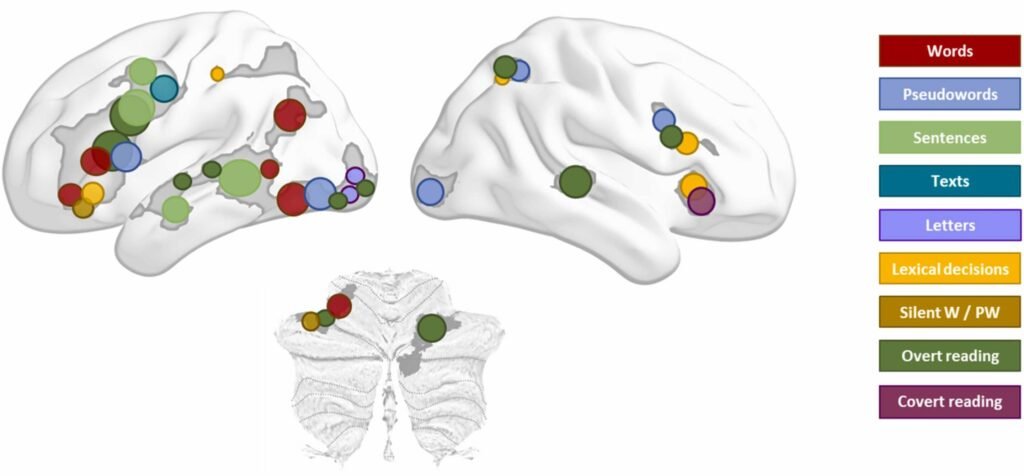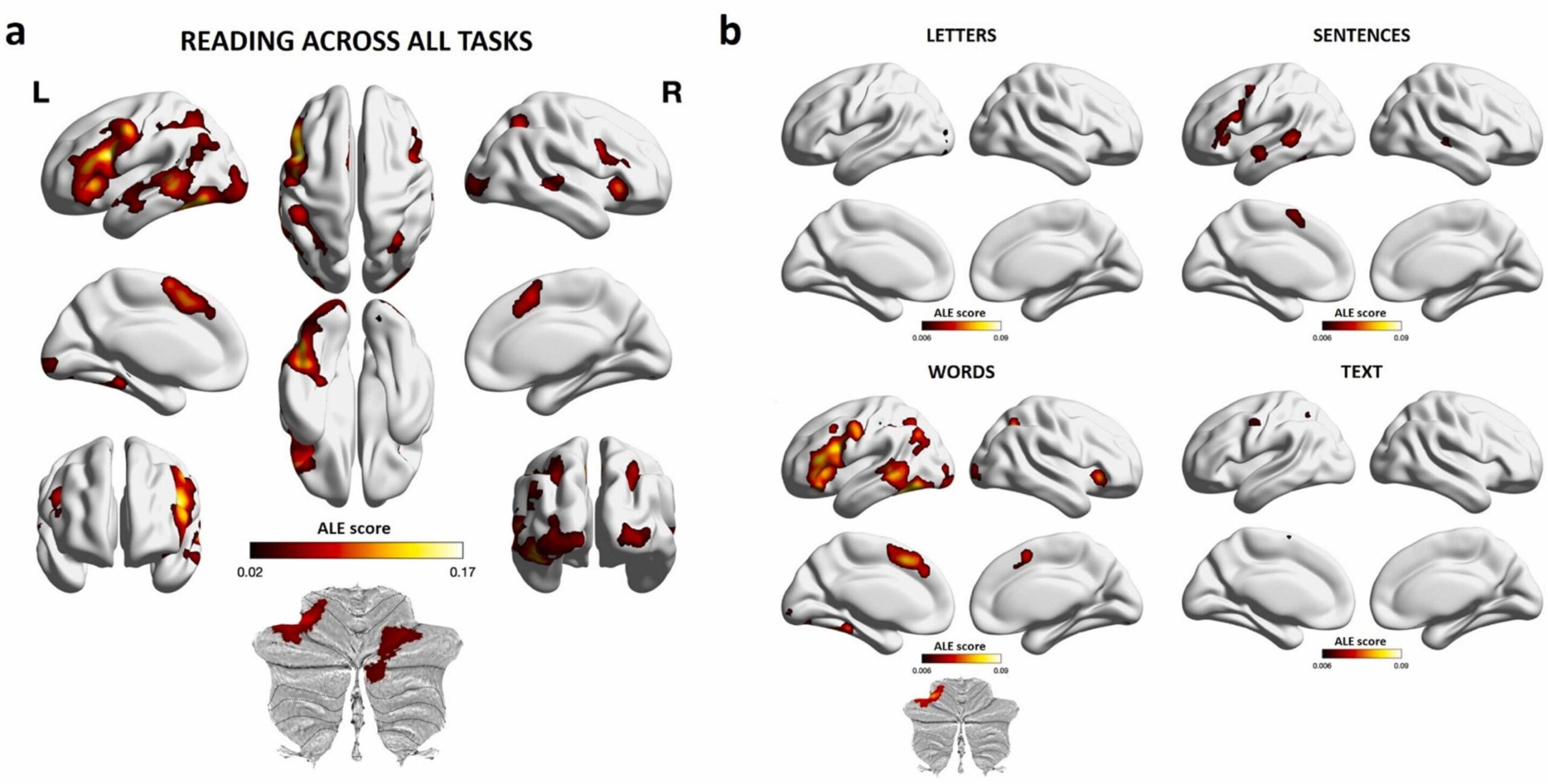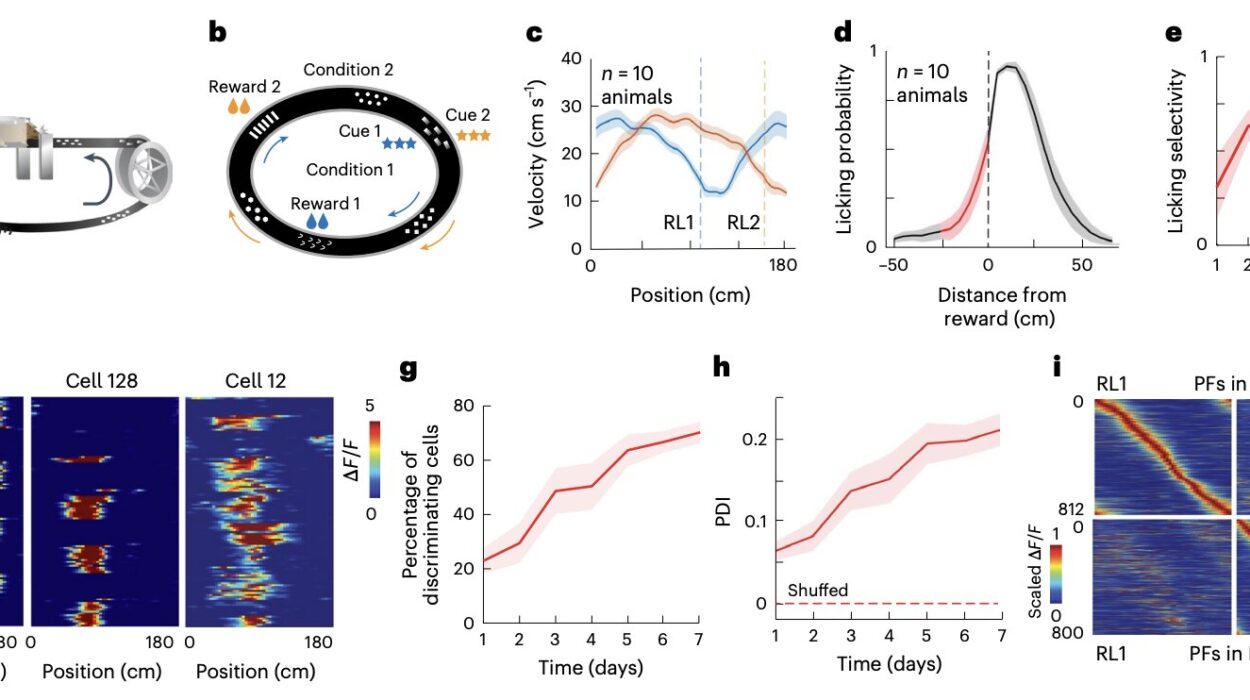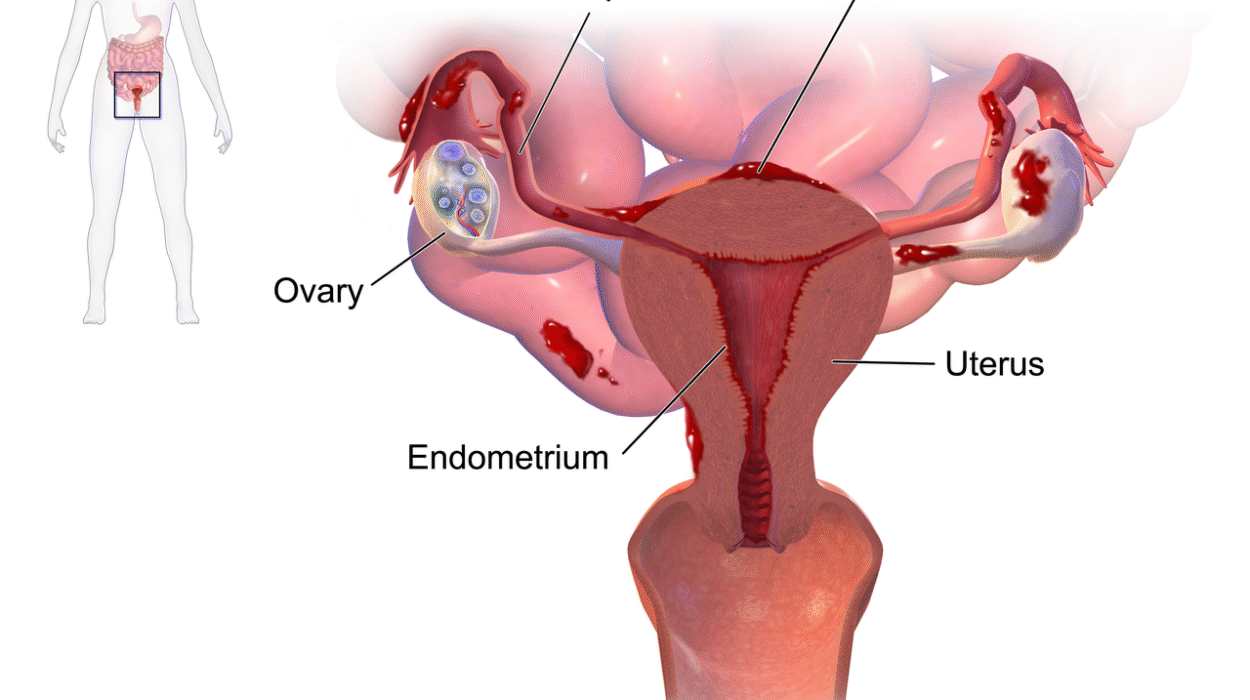Reading is not just a skill—it’s a cornerstone of civilization. From ancient inscriptions etched into stone to the ever-updating cascade of digital text on our screens, the ability to read underpins everything from education and social interaction to employment and personal empowerment. But what actually happens in the human brain when our eyes sweep across lines of text? How does the mind convert abstract shapes into meaning, emotion, and action?
A new meta-analysis led by researchers at the Max Planck Institute for Human Cognitive and Brain Sciences has provided unprecedented insight into the brain’s intricate symphony of activity during reading. Published in Neuroscience & Biobehavioral Reviews, the study synthesizes findings from 163 neuroimaging investigations—offering a sweeping overview of how various brain regions coordinate to interpret letters, words, sentences, and full texts.
Literacy: More Than Words on a Page
The value of literacy extends far beyond decoding the alphabet. It is deeply intertwined with mental well-being, social inclusion, and economic opportunity. As the authors of the study—Sabrina Turker, Beatrice Fumagalli, and colleagues—eloquently state: “Literacy provides the key to social contacts, education, and employment, and significantly influences well-being and mental health.”
Their research journey was guided by a deceptively simple question: How does the human brain read?
To answer that, the team combed through an enormous body of literature, focusing on studies that used brain imaging tools—like functional MRI (fMRI) and PET scans—to observe the brain in action as people engaged in reading tasks. The texts ranged from isolated letters and nonsensical strings to fully formed sentences and narratives. The variety of materials and methods provided a rare opportunity to examine not just where reading happens in the brain, but how different reading tasks recruit distinct neural circuits.
The Reading Brain: A Left-Brained Affair
One of the clearest revelations from the study was the dominance of the brain’s left hemisphere in reading-related tasks. Classical language areas—like the left inferior frontal gyrus and temporo-occipital cortex—consistently lit up during reading exercises, regardless of the language or complexity of the text. These regions form the backbone of what is often referred to as the brain’s “reading network.”
Interestingly, the nature of the reading task shaped which subregions were engaged. For example, when participants read real words versus pseudo-words (letter strings that obey language rules but carry no meaning), slightly different subregions within the left inferior frontal gyrus showed activation. This suggests that even subtle differences in linguistic input can shift how the brain processes written information.
Letters, Words, Sentences, and Texts: Distinct Neural Footprints
Turker and colleagues discovered that reading at different levels—letters, words, sentences, and full texts—left unique neural footprints. Reading individual letters activated a very specific area in the left occipital cortex, the part of the brain involved in early visual processing. It’s the gateway through which raw visual data begins its journey toward linguistic interpretation.

When readers moved from letters to full words, additional brain regions joined the party—particularly those involved in linking visual symbols to their phonological (sound-based) and semantic (meaning-based) counterparts. Sentences, with their syntactic structures and interwoven meanings, recruited even broader networks.
This hierarchical involvement is not just a matter of quantity but of specialization. As reading becomes more complex, the brain doesn’t simply “turn up the volume” in existing areas—it recruits new regions with specific functions, much like a symphony introducing different instruments at different moments to convey emotion, rhythm, and narrative.
Overt vs. Covert Reading: The Silent Symphony
One of the study’s most intriguing insights came from the comparison between overt reading—reading aloud—and covert reading—silent reading. While the latter is what most literate adults use daily, overt reading remains foundational, especially in childhood and language acquisition.
When participants read aloud, the researchers observed heightened activity in auditory and motor regions of the brain—unsurprising given the need to coordinate speech production and monitor sound. However, silent reading invoked what the authors called “multiple demand regions,” which are brain areas associated with executive control, attention, and integration of complex cognitive functions.
In essence, reading aloud is a sensorimotor task, while silent reading taps more deeply into the brain’s general-purpose problem-solving machinery. This may explain why silent reading can be so immersive, requiring us to juggle plotlines, decipher subtext, and maintain mental models—all without uttering a word.
Explicit vs. Implicit Reading: What You Know You Know
The researchers also explored differences between explicit reading, such as reading whole words or pseudo-words, and implicit reading, such as making lexical decisions—judging whether a string of letters forms a real word or not.
Explicit reading evoked stronger and more consistent activation in the left orbito-frontal cortex, cerebellum, and temporal regions—areas linked to semantic processing, rhythm, and working memory. Lexical decision tasks, by contrast, leaned more heavily on bilateral (both sides of the brain) engagement of the inferior frontal and insular cortices. These regions are tied to decision-making and uncertainty resolution, suggesting that implicit reading is not just a linguistic task but also a cognitive balancing act.
This nuanced distinction deepens our understanding of how the brain processes reading not only based on content but also on intention and task demands.
Implications for Dyslexia and Learning Disorders
Perhaps the most compelling promise of this meta-analysis lies in its potential applications. By creating a clearer map of how a typical brain reads, researchers are better equipped to understand what might be going wrong in atypical cases.
Dyslexia, for example, is known to involve disruptions in the brain’s reading network, but precisely which nodes are affected has long been a matter of debate. With detailed insights into which regions are activated during specific types of reading, scientists can now target interventions more precisely—whether through tailored education strategies, cognitive training, or even neurostimulation techniques.
This work also sets the stage for investigating how multilingual individuals manage multiple orthographic systems, how digital reading compares to print, and how aging or neurodegenerative conditions may alter the brain’s reading capacities.
A Brain Built to Read?
One of the enduring mysteries of reading is that it’s a relatively recent cultural invention—only a few thousand years old. Evolutionarily speaking, that’s a blink of an eye. The brain did not evolve specifically to read, yet it performs this complex function with remarkable efficiency. How?
The answer likely lies in neural recycling, the idea that existing brain circuits originally developed for other purposes—like object recognition or spoken language—have been co-opted for reading. The study by Turker and colleagues supports this view by showing how reading engages a patchwork of regions with roots in vision, language, movement, and reasoning.
This convergence of ancient circuits to perform a modern task underscores the brain’s extraordinary plasticity and opens exciting avenues for research into how new technologies might continue to reshape the reading brain.
Reading into the Future
As our relationship with text continues to evolve—moving from paper to screens, from deep reading to skimming headlines—understanding the brain’s reading architecture becomes more important than ever. Are we changing how we read, and by extension, how we think? Will future generations, growing up with short-form content and voice assistants, activate the same brain regions we do?
While such questions remain open, studies like this meta-analysis provide a crucial foundation. They remind us that reading is not a passive act, but a dynamic interplay of perception, cognition, and emotion—one that transforms squiggles on a page into ideas that can change the world.
Reference: Sabrina Turker et al, The ‘reading’ brain: Meta-analytic insight into functional activation during reading in adults, Neuroscience & Biobehavioral Reviews (2025). DOI: 10.1016/j.neubiorev.2025.106166.






